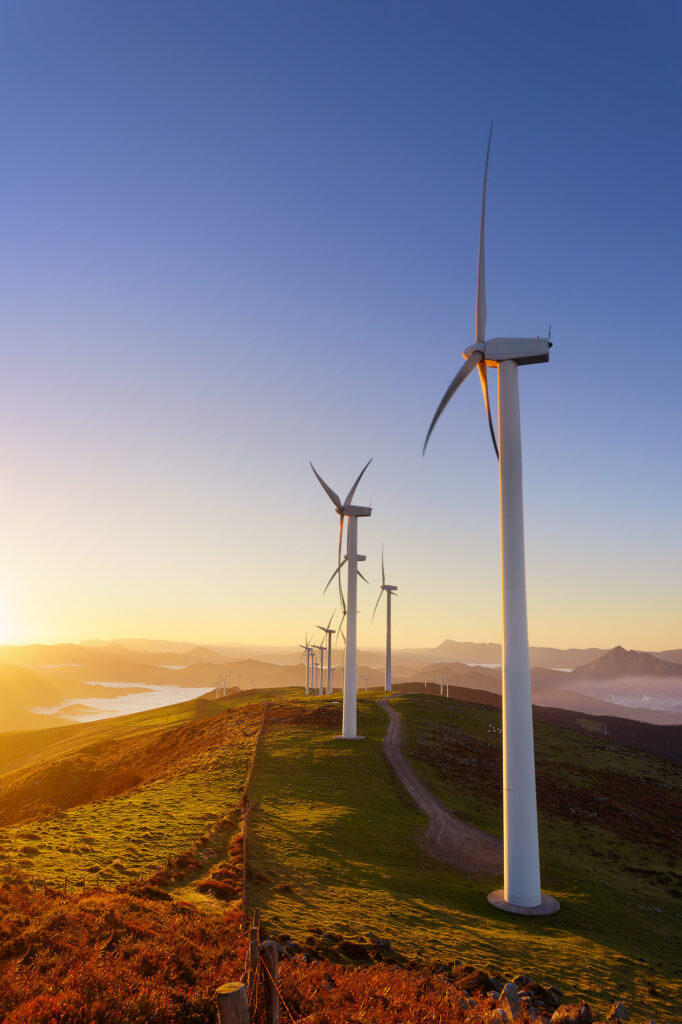The Sky’s The Limit – Why Wind Turbines Blades Are Becoming Longer and Longer

The Sky’s the Limit: Why Wind Turbine Rotor Diameters Keep Growing The clean energy revolution is sweeping the globe, and at the heart of it is the ever-expanding world of wind energy. Wind turbines have come a long way since their inception, and one noticeable trend is the increasing size of their rotor diameters. But why are wind turbine manufacturers constantly striving to build bigger and bigger rotors? In this blog post, we’ll explore the key factors driving this trend and the benefits it brings to the renewable energy industry. Maximizing Energy Capture One of the primary motivations behind the enlargement of rotor diameters is the desire to capture more energy from the wind. Larger rotor blades cover a greater swept area, allowing turbines to capture more wind energy, even in lower wind speeds. This improved energy capture leads to higher electricity production, making wind farms more efficient and economically viable. Reducing Cost of Energy As rotor diameters increase, the cost of energy production decreases. This is because larger rotors generate more power without significantly increasing the cost of other turbine components like the tower or generator. This results in a lower levelized cost of electricity (LCOE). Lowering Wind Turbine Costs Larger rotors enable wind turbines to operate at lower wind speeds effectively. This means that they can be located in regions with less consistent wind resources, which significantly expands the number of suitable sites for wind farms. This diversification of location options helps reduce transmission costs and grid congestion, making the deployment of wind energy even more cost-effective. Scaling Up Wind Turbine Technology Advancements in materials science and manufacturing techniques have made it possible to build increasingly larger rotor blades. Composite materials like carbon fiber are both lightweight and durable, enabling the construction of massive blades that can withstand the stresses of wind turbine operation. Additionally, improvements in aerodynamic design and control systems have made it feasible to operate these larger turbines safely and efficiently. Maximizing Wind Energy Potential Wind turbine rotor diameter growth aligns with the goal of tapping into higher-altitude winds. The wind at greater heights tends to be more consistent and stronger, providing an opportunity for increased energy production. This trend also supports the expansion of offshore wind farms, where larger rotors can harness the more powerful winds over open waters. Technological Challenges While the push for bigger rotor diameters is promising, it’s not without its challenges. Manufacturing, transportation, and installation of massive blades require innovative solutions and investment in infrastructure. Additionally, the stress on the grid caused by the intermittent nature of wind energy generation must be addressed through grid improvements and energy storage solutions. Want To Learn More? Don’t be a stranger – Feel free to reach out by clicking here
